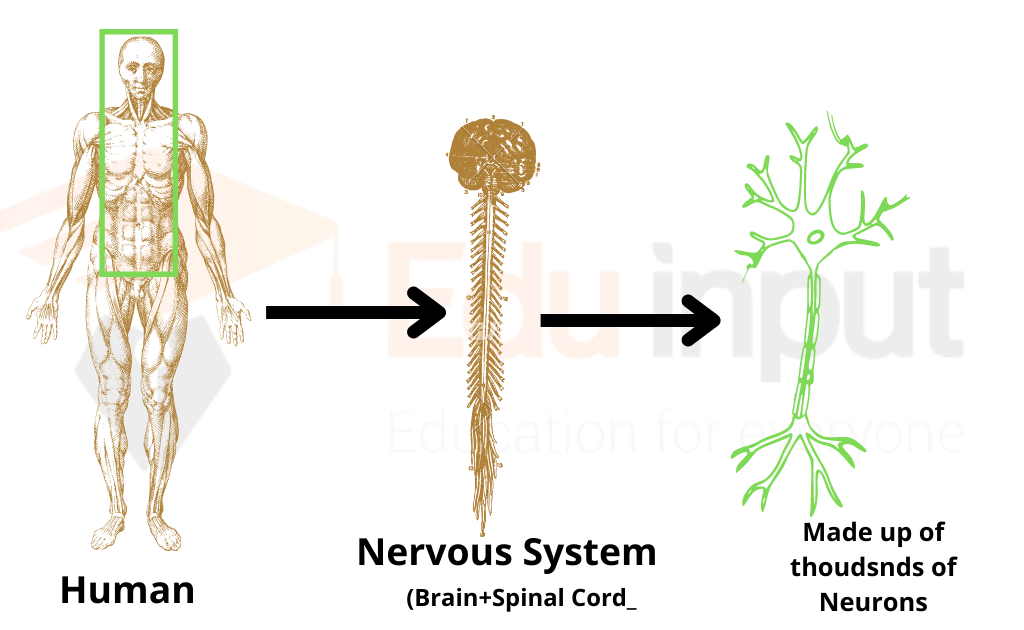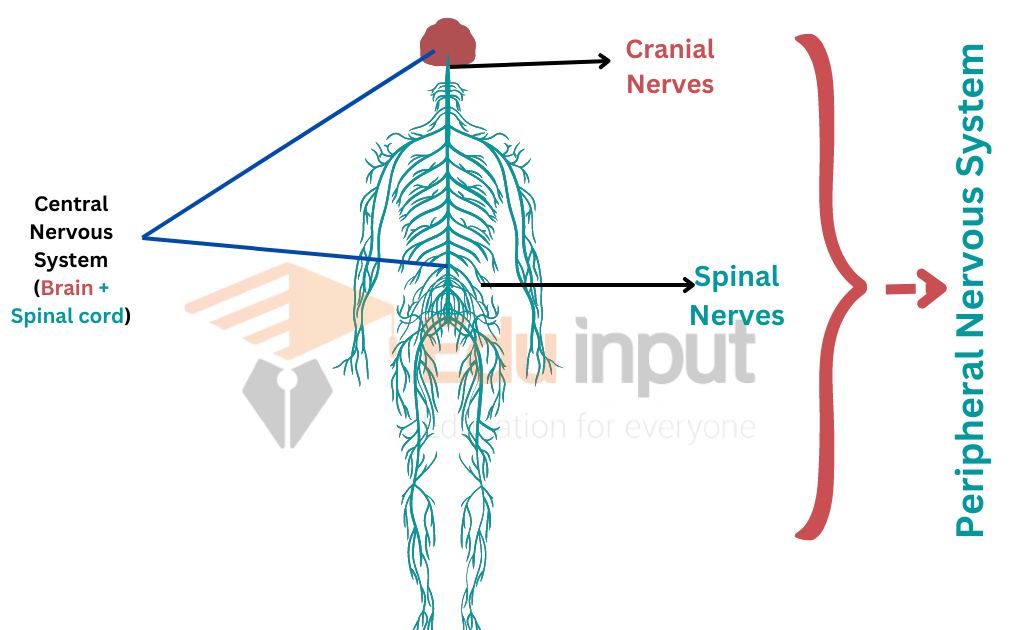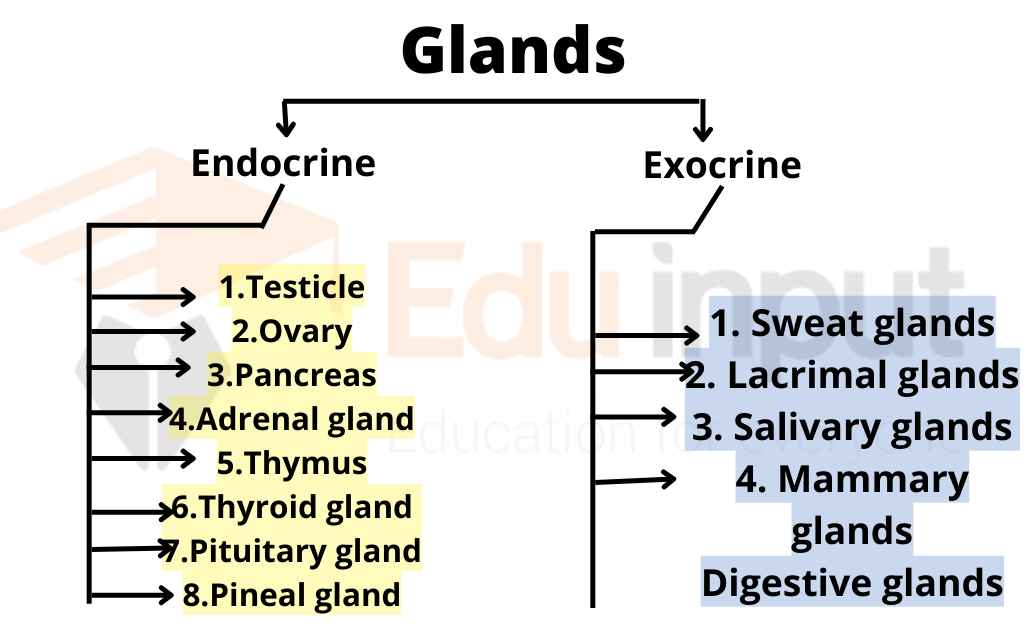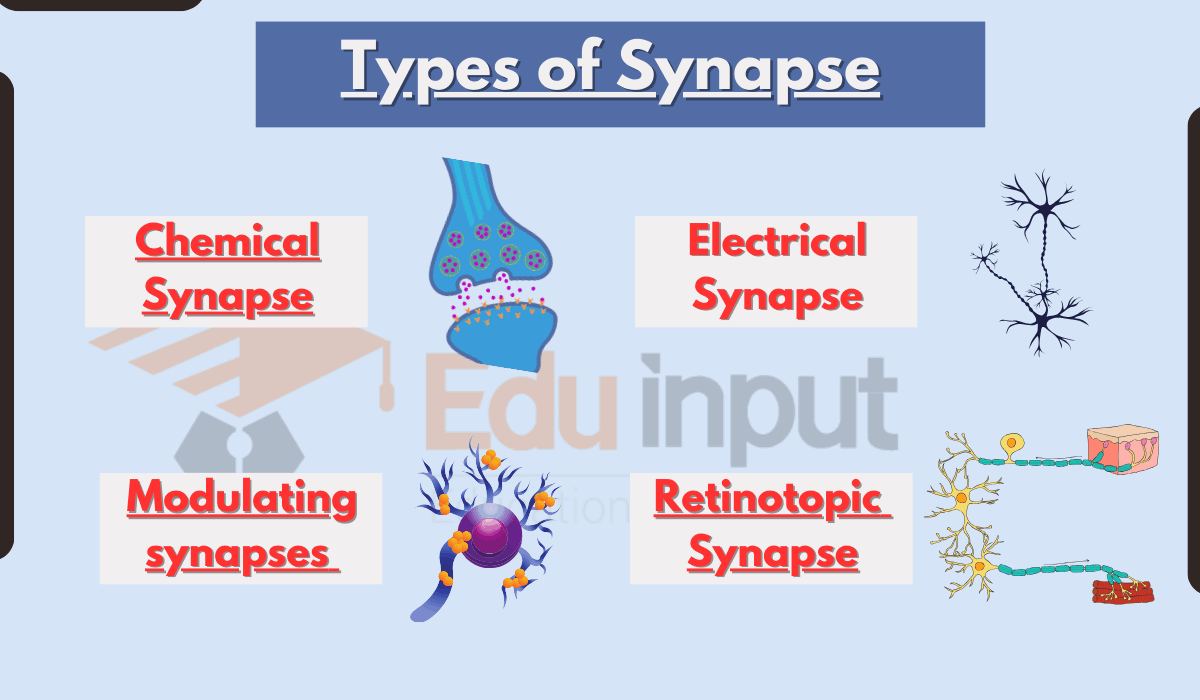What is Neuron? – Definition, Properties, Structure, and Types
The neuron is the structural and functional unit of the brain and nervous system. The neuron is a fundamental part of the nervous system.
Neurons are specialized in the production of signals. These signals help to communicate over short or long distances. These signals can be sent from one part of the body to another.

Properties of Neuron
Neurons have two important properties:
1. Excitability: The ability to respond to stimuli is called excitability.
2. Conductivity: The ability to conduct a signal is called conductivity.
Types of Neuron
There are three functional types of neurons. These are sensory neurons, interneurons, and motor neurons.
1. Sensory Neurons
The neuron which transmits nerve impulses from the receptor to the central nervous system (CNS) is called the sensory neuron.
There are two types of sensory neurons:
(a) Receptor Sensory Neuron: Some sensory neurons act as receptors to receive stimuli directly.
(b) Affector Sensory Neuron: Some sensory neurons are activated by receptors. They are called afferent sensory neurons Changes in the internal or external environments stimulate sensory neurons. The sensory neuron sends signals to integrating centers. The information is processed in this center.
2. Interneurons
The neurons which form the integrating center are called interneurons. They receive signals from the sensory neurons and transmit them to motor neurons.
3. Motor Neurons
The neurons which transmit the nerve impulse to effectors are called motor neurons. The effectors show response. Effectors may be muscles or glands. Muscles show a response by contraction. Glands show response by secretions.
Structure Of Neuron
Neurons Contain Three Principal Parts:
A Cell Body, Dendrites, And An Axon.
Cell Body
The Cell Body has a large, central nucleus, Mitochondria, and Endoplasmic Reticulum.

Dendrites
The extensions of the cell body which conduct signals toward the cell body are called a dendrite. The motor neuron has many short, thread-like dendrites
Axon
The process that conducts signals away from the cell body is called an axon. The axon is relatively long, and cylindrical.

Structures present in Neuron
Following structures are also present in the neurons.
Mylin sheath
The laminated lipid sheath around the neuron is called myelin. It covers the axon of the neuron. Sometimes, it also covers dendrites. The neurons of hydras and sea anemones do not have a myelin sheath. Other invertebrates and all vertebrates have sheathed neurons.
Neurolemmocyte (Schwann cell)
Neuro-lemmocytes are present in some neurons. They wrap the myelin sheath in layers. Some gaps are left in these neurons. These gaps are called neurofibril nodes (nodes of Ranvier). These Codes make the myelin sheath segmented at regular intervals. The neuro-lemmocyte also helps in the regeneration of injured myelinated neurons.
Comparison Of Nervous System And Neuron
The nervous system receives data (input stimulus). It integrates it. It produces a change (output response) in the animal’s physiology. Thus we can say that the dendrites of the neurons act as receptors. The cell body acts as an integrator and the ends of the axon are the effectors.
What is Neuron?
The neuron is the structural and functional unit of the brain and nervous system.
What are the properties of neurons?
Neurons have two important properties:
1. Excitability: The ability to respond to stimuli is called excitability.
2. Conductivity: The ability to conduct a signal is called conductivity.
What are the Types of Neuron?
There are three functional types of neurons. These are sensory neurons, interneurons, and motor neurons.
What is the Structure Of Neuron?
Neurons Contain Three Principal Parts:
A Cell Body, Dendrites, And An Axon.

 written by
written by 




Leave a Reply